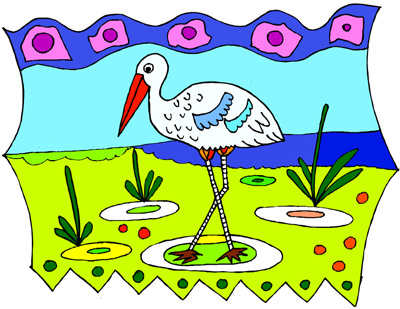Addressing Anger

25 September 2019
There are many ways to address anger and it’s good to have a few that you are prepared to use. For one thing, everyone responds to things differently, so some anger management tools will help some people while others are more helpful to others. Additionally, each angry situation is unique and some anger tools may work better for you in some situations while others may work better in other situations. Here are ten tools that can be helpful before you become angry, while you are in an angry situation, and after you have experienced an angry situation.
During
Take five: When faced with an angry situation, the best response is to remove yourself from it, take five minutes to cool down and return to the situation when you recognize that you are thinking rationally.
Take a Breath: If it’s not possible to remove yourself from the situation, take three deep breaths by inhaling through your nose and exhaling through your mouth like you’re blowing through a straw. By taking three deep breaths, you brain is sending a message to your central nervous system to relax.
Trick your brain: You can divert your thoughts by saying the alphabet backwards, counting to thirty by threes or some other brain teaser that requires focus.
Take a Picture: Try picturing a place or an activity that makes you feel calm and content. When you have a picture in your mind, try to notice every detail. Is the wind blowing? Is it warm or cool?
Notice your surroundings: In a situation in which you feel yourself becoming angry, try to notice everything around you. Noticing everything you can see, everything you can hear, everything you smell, everything you feel, and everything you taste.
After
Get active: Non-aggressive physical activities like walking, shooting hoops, and yard work are excellent ways to feel better. When you engage in physical activity, chemicals are released in your brain that improve mood and help you cope better with stress. (so does eating dark chocolate)
Challenge yourself: If you are able to recognize the thought you had that resulted in anger, try challenging the thought for its accuracy. For example – if you think, “I can’t believe I lost my keys again! I always lose my keys!” This thought is likely inaccurate and you change it to something more accurate like, “Most of the time I know where my keys are, but there are times when I misplace them.ndrquo;
In Case of Emergency: Try taking a shower. The feeling of the water hitting your skin makes it difficult to maintain any other physical state for long.
Before
Interact: There are many things we can do for ourselves, like getting together with friends, helping others and playing with pets. These things help us feel good and those good feelings minimize our anger when we are in situations that would usually make us feel angry.
Stretch: Physical wellness through exercise and mental wellness through engaging in hobbies, playing games and doing brain teasers will also help us be prepared to respond optimally in angry situations.
"